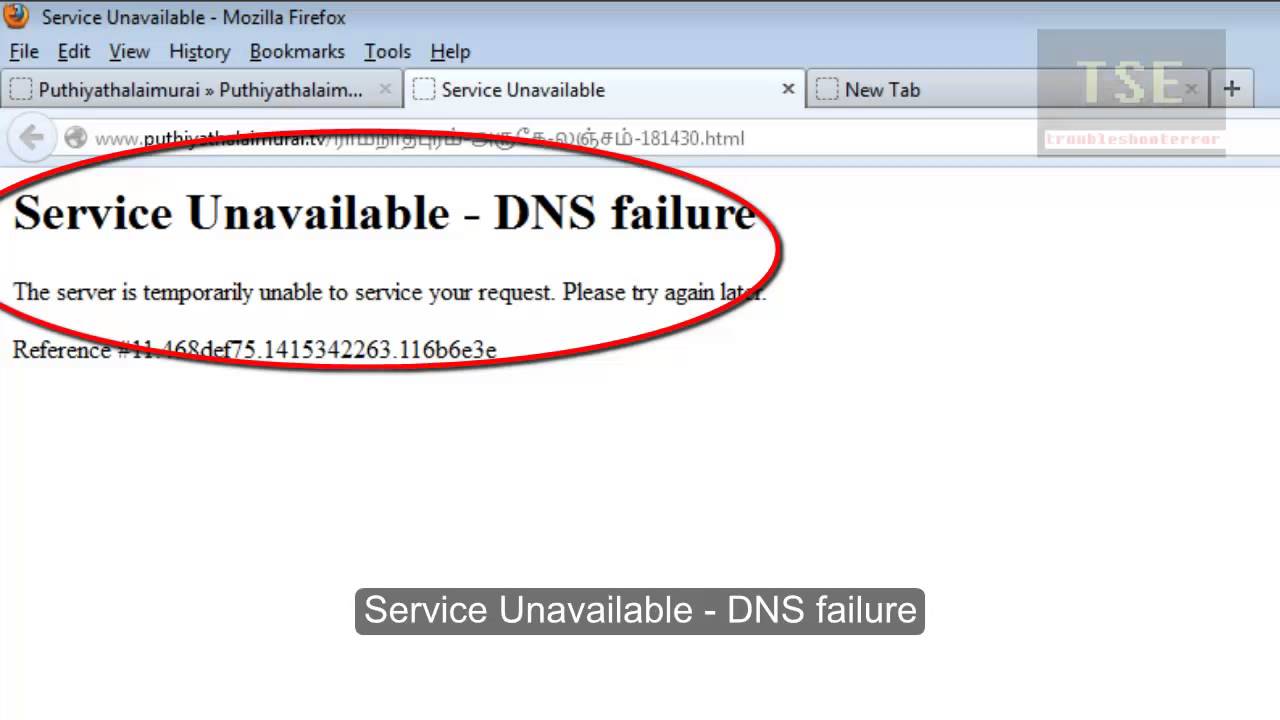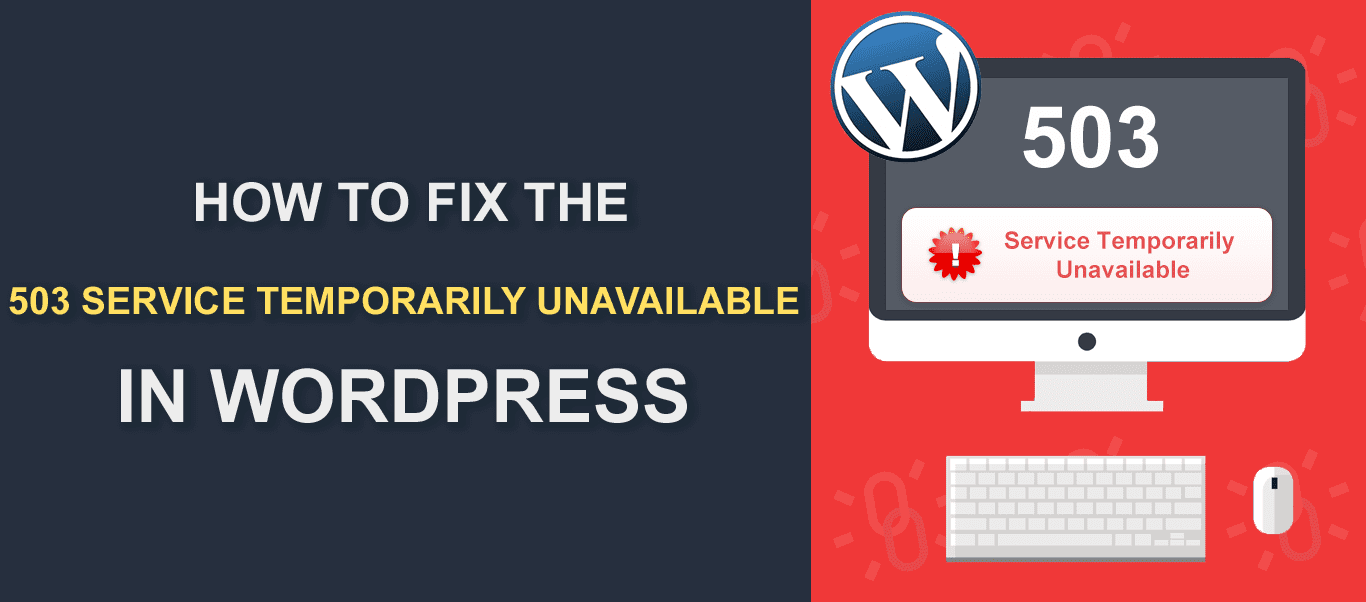How to use drone deploy – How to use DroneDeploy? It’s easier than you think! This guide walks you through everything from setting up your account and importing flight data to processing imagery, creating stunning maps and 3D models, and even mastering advanced features. We’ll cover analyzing your data, troubleshooting common problems, and exploring DroneDeploy’s powerful integrations. Get ready to unlock the full potential of your drone data!
We’ll break down the process step-by-step, offering clear instructions and helpful tips along the way. Whether you’re a beginner or an experienced drone pilot, this comprehensive guide will equip you with the knowledge and skills to efficiently utilize DroneDeploy’s impressive capabilities. Let’s dive in!
DroneDeploy Account Setup and Login
Getting started with DroneDeploy is straightforward. This section details account creation, login procedures, profile configuration, and security best practices.
Creating a DroneDeploy Account
To create an account, visit the DroneDeploy website and click on “Sign Up.” You’ll be prompted to provide your email address, create a password, and potentially enter some basic company information. DroneDeploy will send a verification email; click the link to activate your account.
Logging into DroneDeploy
After account creation, navigate to the DroneDeploy login page. Enter your registered email address and password, then click “Log In.” If you forget your password, use the password reset feature to receive a reset link via email.
Configuring User Profile Settings
Once logged in, access your profile settings to customize your preferences. This typically includes updating your contact information, setting up notifications, and managing your team memberships. You can also adjust the units of measurement (metric or imperial) used within the platform.
Securing Your DroneDeploy Account
Choose a strong, unique password and enable two-factor authentication for enhanced security. Regularly review your login activity and report any suspicious activity immediately to DroneDeploy support. Avoid sharing your login credentials with others.
Importing and Managing Flight Data
Efficiently importing, organizing, and managing your drone flight data is crucial for seamless workflow. This section Artikels the key processes.
Importing Drone Flight Data
DroneDeploy supports various data import methods, including direct uploads from your drone’s SD card, cloud storage integration (like Dropbox or Google Drive), and manual file uploads. The specific steps will vary slightly depending on your drone model and chosen import method. Ensure your drone’s flight data is properly formatted before importing.
Organizing and Managing Flight Projects
Organize your projects by creating folders and assigning meaningful names to your projects. This helps in keeping your workspace tidy and allows for efficient retrieval of specific flight data later. You can use s and tags to further categorize your projects.
Filtering and Searching Flight Data
DroneDeploy’s search functionality allows you to filter your projects based on various parameters, such as date, location, drone model, and project name. This makes finding specific flights quick and easy.
Exporting Flight Data
DroneDeploy allows exporting data in various formats. Common formats include shapefiles (.shp), GeoTIFFs (.tif), KML/KMZ files, and various 3D model formats. The choice of format depends on the intended use of the data.
Processing and Analyzing Aerial Imagery
DroneDeploy offers robust image processing capabilities to transform raw drone imagery into actionable insights. This section explores its features and workflow optimization.
Image Processing Capabilities
DroneDeploy automatically processes your drone imagery to create orthomosaics, digital surface models (DSMs), and 3D models. The processing involves georeferencing, stitching, and correcting for geometric distortions. Different processing options affect the accuracy, resolution, and processing time.
Processing Options and Implications
DroneDeploy offers various processing options, such as different levels of accuracy and processing speed. Higher accuracy settings typically result in better image quality but require longer processing times. Faster processing options sacrifice some accuracy for speed.
Processing Speeds and Image Quality

The relationship between processing speed and image quality is often a trade-off. Faster processing may result in slightly lower resolution or accuracy, while slower processing provides higher quality results. The optimal balance depends on your project’s requirements.
Efficient Image Processing Workflow
For efficient processing, ensure your drone’s imagery is properly exposed and free of significant errors. Optimize your processing settings based on your project needs, and consider using DroneDeploy’s automated processing features to streamline the workflow.
Creating and Sharing Maps and Models
DroneDeploy facilitates the creation of high-quality 2D maps and 3D models, enabling seamless collaboration and data sharing. This section covers map and model creation, annotation, collaboration, and export options.
Creating 2D Maps and 3D Models
Once your imagery is processed, DroneDeploy automatically generates 2D orthomosaics and 3D models. You can then further refine these outputs by adjusting settings, such as color correction and model resolution.
Getting started with DroneDeploy is easier than you think! First, you’ll want to create an account and familiarize yourself with the interface. Then, check out this awesome tutorial on how to use DroneDeploy to learn about flight planning and data processing. Finally, practice makes perfect, so get out there and start flying to master using DroneDeploy’s powerful features!
Adding Annotations and Measurements
Annotate your maps and models by adding points, lines, polygons, and text labels. You can also measure distances, areas, and volumes directly within the platform.
Collaborating on Maps and Models
DroneDeploy allows for easy collaboration. Share projects with team members, granting them various access levels (view-only, edit, etc.). This facilitates teamwork and efficient project management.
Exporting Maps and Models

Export your maps and models in various formats suitable for different applications. The table below summarizes common export formats and their use cases.
| File Format | Use Case |
|---|---|
| Print maps, share static images | |
| KML | Google Earth integration, GIS applications |
| OBJ | 3D Model visualization in various software |
| GeoTIFF | High-resolution image data for analysis |
| Shapefile (.shp) | Vector data for GIS analysis |
Measuring and Analyzing Data
DroneDeploy’s measurement tools allow for precise data extraction and analysis, supporting various applications. This section details the measurement process and showcases a real-world example.
Measurement Tools
DroneDeploy provides tools for measuring distances, areas, and volumes. These tools utilize the processed imagery and 3D models to provide accurate measurements.
Measuring Distances, Areas, and Volumes
The process involves selecting the appropriate measurement tool, defining the area of interest on the map or model, and receiving the calculated measurement. The accuracy of measurements depends on the quality of the processed imagery and the chosen measurement technique.
Getting started with drone mapping? Figuring out how to use DroneDeploy can seem tricky at first, but it’s actually pretty straightforward. The key is understanding the flight planning tools and then learning how to process the data. Check out this awesome guide on how to use DroneDeploy to get a solid foundation. Once you’ve grasped the basics, you’ll be creating professional-quality maps in no time!
Data Analysis for Various Applications
The data derived from measurements can be used for various purposes, including construction progress monitoring, stockpile volume estimation, and agricultural yield assessment. The analysis often involves comparing measurements over time or across different areas.
Case Study: DroneDeploy Measurements in Construction
A construction company used DroneDeploy to monitor the progress of a large-scale building project. By regularly capturing aerial imagery and measuring the building’s volume over time, they accurately tracked progress, identified potential delays, and ensured timely project completion. This provided valuable data for project management and cost control.
Advanced DroneDeploy Features
DroneDeploy offers advanced features for sophisticated data analysis and visualization. This section details these capabilities and provides a step-by-step guide for creating a 3D model.
Orthomosaic Creation, Point Cloud Generation, and Terrain Modeling
DroneDeploy automatically generates orthomosaics (georeferenced mosaics of aerial imagery), point clouds (3D representations of the terrain surface), and terrain models (digital elevation models). These are used for precise measurements and detailed analysis.
Comparing Mapping Styles and Applications
DroneDeploy supports different mapping styles, each with specific applications. For instance, a shaded relief map highlights elevation changes, while a color-infrared map reveals vegetation health. The choice of mapping style depends on the specific analysis needs.
Creating a 3D Model of a Building (Step-by-Step)
- Upload processed drone imagery to DroneDeploy.
- Select the “3D Model” processing option.
- Choose the desired level of detail and processing speed.
- Once processing is complete, view and interact with the generated 3D model.
- Export the model in a suitable format (e.g., OBJ, FBX).
User Interface Elements for Advanced Features
The DroneDeploy interface for advanced features includes various elements, such as:
- Processing Settings Panel: Allows customization of processing parameters (resolution, accuracy, etc.).
- Model Viewer: Enables 3D model visualization and interaction (rotation, zoom, measurement tools).
- Mapping Style Selector: Allows switching between different map styles (orthomosaic, shaded relief, etc.).
- Point Cloud Viewer: Provides tools for visualizing and analyzing point cloud data.
- Export Options Menu: Enables exporting data in various formats.
Troubleshooting Common Issues: How To Use Drone Deploy
This section addresses common problems encountered while using DroneDeploy and provides troubleshooting steps and preventative measures.
Common Problems and Troubleshooting Steps
Common issues include image processing errors (due to poor image quality or insufficient overlap), data import failures (incorrect file formats or corrupted data), and account access problems (incorrect passwords or account lockouts). Troubleshooting steps typically involve checking data integrity, verifying settings, and contacting DroneDeploy support.
Best Practices for Preventing Issues
Preventative measures include using high-quality imagery, ensuring sufficient overlap between drone images, maintaining a stable internet connection during uploads, and regularly backing up your data. Following DroneDeploy’s recommended guidelines and best practices will minimize potential issues.
Frequently Asked Questions (FAQ)
- Q: My images aren’t processing. What should I do? A: Check for sufficient image overlap, ensure proper image format, and verify your internet connection.
- Q: I can’t log in. What should I do? A: Try resetting your password or contact DroneDeploy support.
- Q: My exported file is corrupted. What should I do? A: Contact DroneDeploy support and provide details about the issue.
DroneDeploy Integrations and APIs
DroneDeploy integrates with various platforms and offers an API for custom integrations. This section explores these capabilities.
Integration Capabilities
DroneDeploy integrates with several GIS software packages and cloud storage platforms, enabling seamless data transfer and analysis. This allows for efficient workflow management and data sharing.
DroneDeploy API and Functionalities, How to use drone deploy
The DroneDeploy API provides programmatic access to DroneDeploy’s features, allowing developers to build custom integrations and automate tasks. The API offers functionalities for data management, processing, and analysis.
Examples of API Usage
The API can be used to automate data imports, trigger processing jobs, and retrieve processed data. Developers can create custom applications that integrate seamlessly with DroneDeploy’s capabilities.
Workflow Demonstrating Integration with Another Platform
A possible workflow involves using the DroneDeploy API to automatically upload drone data from a custom drone flight management system. Once the data is uploaded, the API triggers the processing job, and the resulting data is automatically exported to a GIS platform for further analysis. This eliminates manual data transfer and streamlines the overall workflow.
Mastering DroneDeploy opens a world of possibilities for leveraging your drone’s capabilities. From efficient data management and processing to creating professional-quality maps and models, you’ve learned how to harness the power of this platform. Remember to explore the advanced features and integrations to further enhance your workflow and unlock even more insights from your aerial data. Happy flying!
FAQ Compilation
What types of drones are compatible with DroneDeploy?
DroneDeploy supports a wide range of drones from various manufacturers. Check their website for the most up-to-date compatibility list.
How much does DroneDeploy cost?
DroneDeploy offers different subscription plans with varying features and pricing. Visit their website for details on current pricing.
Can I use DroneDeploy offline?
No, DroneDeploy primarily operates online. While you can download processed data, the core functionality requires an internet connection.
What kind of support does DroneDeploy offer?
DroneDeploy provides various support options, including online documentation, tutorials, and a support team you can contact for assistance.